“Everything that matches the 2016 Tucson to an active lifestyle applies just as meaningfully to empty nesters and retirees.”
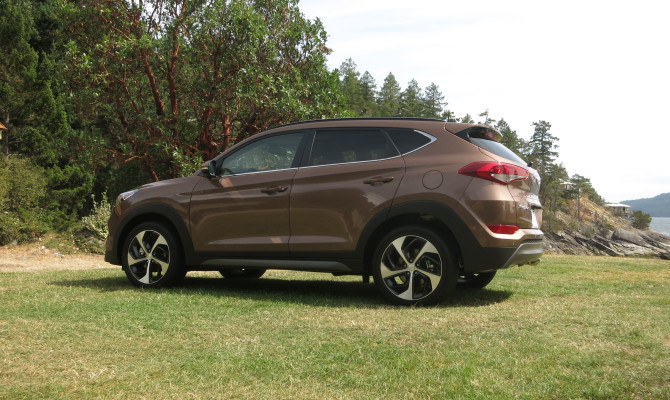
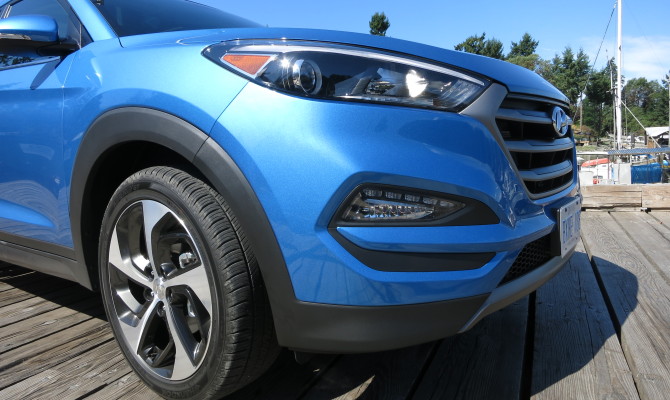
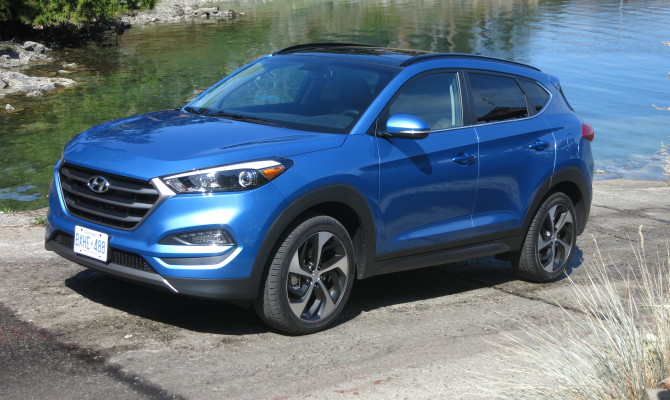
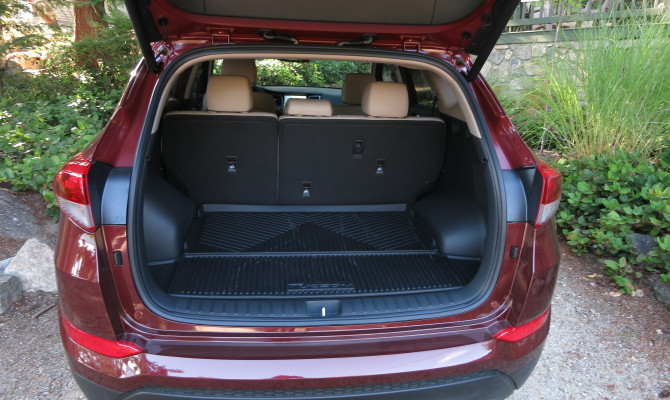
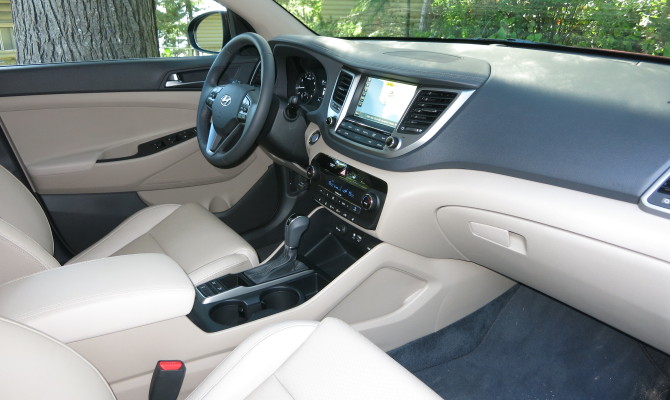
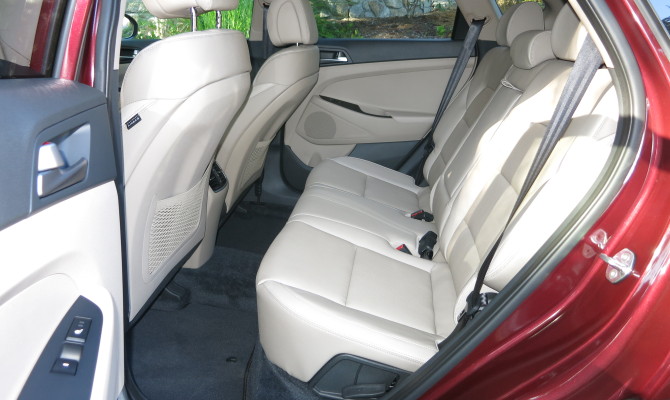
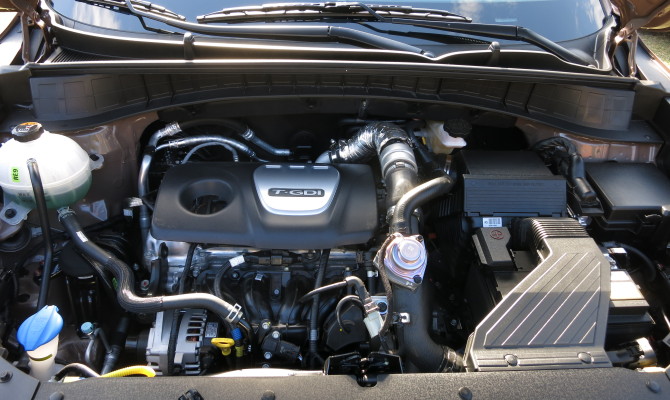
by Rob Rothwell
Halfmoon Bay, B.C.
Hyundai’s all-new compact Tucson crossover is aimed squarely at pre-family buyers living active lifestyles.
But I’ve got a tip for those drifting into a greyer reality; it’s an ideal vehicle for you too.
Everything that matches the 2016 Tucson to an active lifestyle applies just as meaningfully to empty nesters and retirees, whether their activity includes walking the pooch or sailing above the surf on a kiteboard.
While Hyundai’s advertisements for the Tucson feature square-jawed athletic dudes with defined stubble and bronze skin, it doesn’t mean they don’t intend to sell the snappy crossover to folks like me, on the dark side of fifty.
For marketing purposes, my likeness won’t favour sales. You see, I’m told by those in the biz that you can sell a young man’s car to an old man but not the other way around; this applying equally to women.
While my future as a sales prop is only slightly more certain than winning Lotto Max without buying a ticket, I enjoyed my day behind the wheel of the new Tucson. The meandering route allowed my driving partner and me to explore the many bays and coves along British Columbia’s idyllic Sunshine Coast.
It’s in this sort of environment that the 2016 Tucson will have older buyers admiring its exceptional level of operational refinement and day-long serenity. It delivers a near-premium driving experience, though not a particularly exciting one.
A smooth, absorbent ride was clearly more the priority than searing performance in the corners and on the straightaways, and that’s fine by me.
In redesigning the Tucson, Hyundai engineers focused on all aspects of quality in addition to refinement and styling. The latter of which has given us a vehicle longer, lower, and wider than its predecessor.
Aboard the Tucson, one is immersed in a well thought-out cabin transmitting a sense deportment that was sadly lacking in the former execution. Today’s version is as accurately assembled as the best of them in the fiercely competitive compact crossover segment.
While Hyundai’s soft-touch surfaces and intuitive architecture are praiseworthy, it’s the larger slice of ‘content’ pie which they serve that sets the Tucson apart from its contemporaries under competing nameplates.
“More for less” has always been a Hyundai hallmark, and the Tucson adheres to the credo with its outstanding list of standard and near-standard features, including safety tech such as Blind Spot Detection with Cross Traffic Alert, Lane Departure Warning, and Autonomous Emergency Braking with Pedestrian Detection.
Thoughtful touches include heated front and rear seats, a heated steering wheel, dual-level cargo floor, and a remarkably convenient Proximity power liftgate. The latter opening by merely sensing the key in proximity of the liftgate for three seconds.
No longer can the Tucson be considered an entry-level crossover despite its modest across-the-board increase of roughly $400. The upscale climb includes the availability of an optional 1.6L turbocharged I-4 GDI engine harnessed to a segment-exclusive 7-speed dual-clutch automatic transmission (DCT).
The turbocharged mill fortifies the AWD Tucson with 175 horsepower and 195 lb.-ft. of torque, and is the obvious choice for passing-lane adherents. The base 2.0L I-4 GDI (required with FWD) is the powerplant of choice for the modest. It shells out 164 horsepower and 151 lb.-ft. of torque through the auspices of a six-speed autobox.
Three drive modes – Eco, Normal, and Sport – enable drivers to tweak engine response, shift mapping, and steering resistance, to correspond with the mood of the day. I really didn’t find a need for Sport mode, largely enjoying the Normal setting most.
After spending a day administering the turbocharged and non-turbocharged Tucson variants, I departed the Sunshine Coast with the view that Hyundai has raised the bar for refinement, comfort, and value in the compact crossover segment. Albeit, handling dynamics and sheer athleticism may still belong to the likes of Mazda’s CX5.
Specs:
Pricing FWD: $24,399 – $26,999
Pricing AWD: $31,549 – $39,599
Base engine: 2.0L I-4, GDI 164 hp. / 151 lb.-ft. torque
Optional engine: 1.6L turbocharged 1-4 GDI, 175 hp. / 195 lb.-ft. torque
Combined city/highway fuel economy: base engine 9.0L/100km, optional engine 9.2L/100km
Seating capacity: 5
Cargo capacity: 877 litres
“The fuel cell Tucson can go 420 kilometres on one tank of fuel, a range about which electric car manufacturers can only dream.”
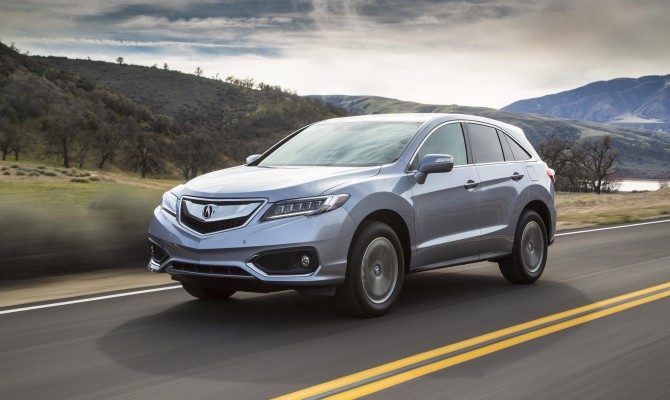
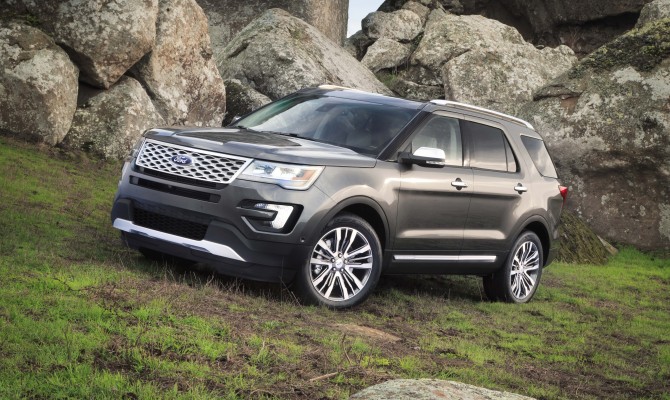
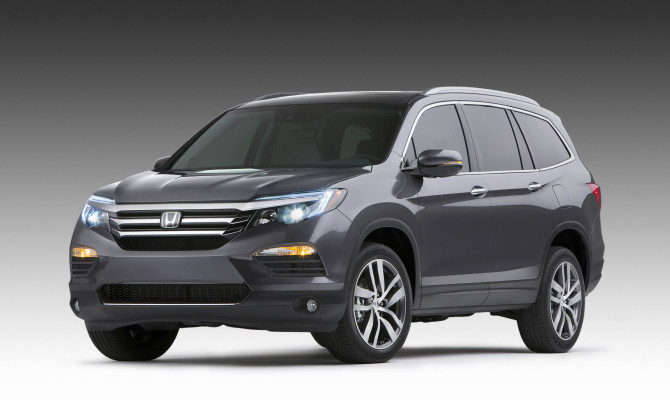
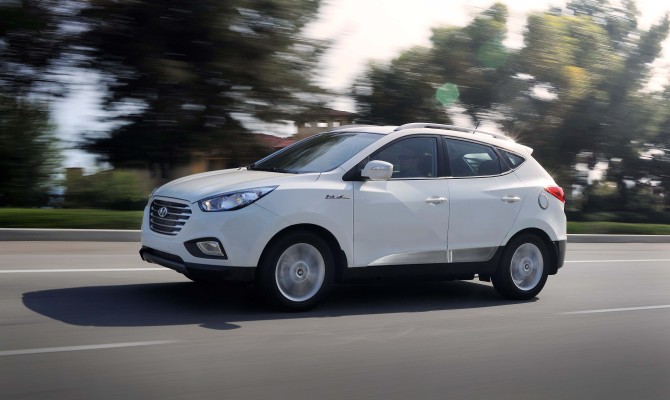
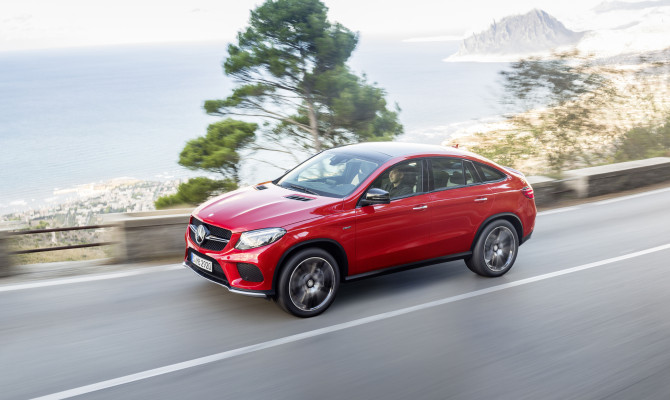
Several new crossovers will be featured at this year’s Vancouver auto show.
Honda recently revealed for the first time at the Chicago and Toronto auto shows, the all-new Pilot. Gone is the boxy three-row vehicle, replaced by a sleeker, more stylish design. Now equipped with LED headlights and LED daytime running lights, along with available 20-inch wheels and panoramic sunroof, this is a modern take on family hauling. The Pilot is powered by a 3.5L V6 engine, matched to a six-speed automatic transmission or an optional nine-speed unit. This new model will be sold with front or all wheel drive and because it is 135kg lighter than the last model it should be more efficient.
Mercedes is renaming the M-Class as the GLE. GL refers to an SUV/Crossover and the E is the “E-Class of SUVs”. To confuse things a bit more, the first debut is the GLE Coupe, a sportier coupe-like SUV designed to compete with the BMW X6. This Mercedes, with its sleeker silhouette and powerful 262-hp biturbo V6, looks great. It will range from comfort to all-out performance.
The Acura RDX has been a big hit for this premium brand. Based on the ever-popular Honda CR-V, this Acura is filled with lots of luxury touches for a modest price. The 2016 RDX showcases the latest look of the Acura family. The dual LED headlamps and improved interior design, including two screens in the centre of the dash, puts the RDX in line with the new TLX and recent MDX. Good news is that the trusty V6 engine will stay for 2016.
Hyundai has announced that they it will start leasing Hydrogen Fuel Cell Tucson SUVs to Canadians this year, with the Vancouver area being the first market to receive these world-class vehicles. This is an electric SUV but instead of getting electricity from the grid it is produced using an onboard hydrogen fuel cell. The owner fills the fuel tank with hydrogen, not gasoline, and drives normally. The fuel cell Tucson can go 420 kilometres on one tank of fuel, a range about which electric car manufacturers can only dream.
Ford has one of the best selling SUVs of all time in the Explorer, with more than 350,000 sold in Canada so far. The all-new 2016 version made available a 2.3L EcoBoost engine on the base and XLT trim. The 290hp 3.5L V6 engine is carried over but the Sport trim and new Platinum trim will be fitted with the 365hp Ecoboost V6. The new Platinum model will be fitted with real aluminum and ash wood accents, plus leather will trim the steering wheel, instrument panel, armrests, doors and other trim.
Range Rover has two new versions of the Range Rover Sport. The most popular will be the all-new 3.0L diesel engine that produces a whopping 440 lb.-ft. of torque and better fuel consumption. In fact, Range Rover claims a 32 percent improvement over the regular V6 model. On the high performance end is the Range Rover SVR, capable of a run to 100 km/h in just 4.7 seconds. This will be the first Range Rover to sport the new SVR (Special Vehicle Racing) badge.
Prices remain to be finalized on most of these vehicles at press time.
Recent Comments
- { Enjoyed your Forest of Bowland in the BMW X5M, particularly the photo of the BMW in front of the main part of Stonyhurst College where... }
- { Bantam designed the Jeep, not Willy's or Ford. The American military gave the original Bantam prototype to Willys and Ford to copy. There is plenty... }
- { All Escalades come with a 6.2-lilter V8 engine that produces 420 horsepower. A six-speed automatic is the only transmission offered and drives the rear wheels.... }
- { Alexandra is an excellent journalist. }
Popular Posts
- Journey to a ‘Sparkling’ Luxury Okanagan Resort “Four lucky readers will put a Dodge Journey’s weekend-...
- The Need For Speed: Hike Those Highway Limits More than half of those polled believe the province sho...
- Drives-U-Crazy… Erratic drivers. An early morning drive from Kelowna to Vancouver is nor...
- Readers Respond: The Pros and Cons of Increasing B.C. Speed Limits Increasing the speed limits will only increase risk to...
- Honda CR-V Review: The Compact Crossover To Get Things Done The CRV is a very stylish and aerodynamic crossover veh...






